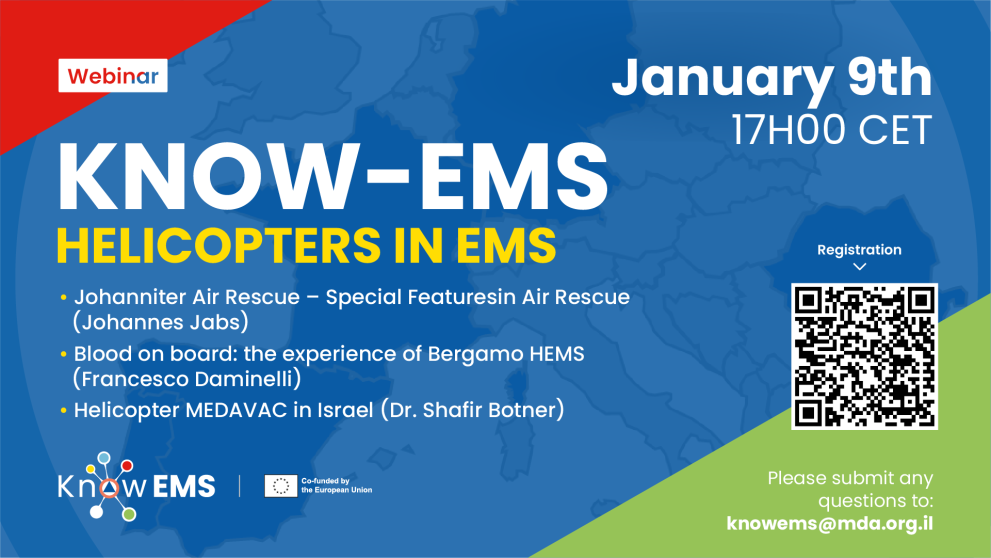Germany’s Air Rescue System: Innovation and Efficiency
Germany operates a robust air rescue network with a fleet of 89 helicopters, including 20 dedicated to intensive care transport. These helicopters are crucial in reaching accident sites quickly and stabilizing patients for transport to hospitals. Key operators in the country’s air rescue system include ADAC, DRF Luftrettung, the Federal Ministry of the Interior, and Johanniter Air Rescue, which plays a significant role despite being a smaller operator.
Johanniter Air Rescue, established in 1972, is based in Gießen and operates a fleet of seven helicopters, including the cutting-edge H145 model, which is considered Europe’s most advanced rescue helicopter. It is equipped to handle a range of critical medical scenarios, from emergency rescue and organ transport to ECMO support for critical patients. The team’s expertise includes emergency doctors specializing in anesthesiology and intensive care, as well as paramedics with advanced air rescue training. The introduction of a hoist rescue system after the 2021 flood disaster and the use of night vision goggles for nighttime operations further enhance the capability of the service.
The ability to perform specialized missions, such as transporting incubators for neonatal care and isolation transport for infectious cases, is another key strength of Johanniter's fleet. This flexibility in handling various medical scenarios makes it a model for air rescue operations in Europe.
Blood on Board in Lombardia, Italy: A Groundbreaking Initiative
Lombardia, one of Italy's most populous regions, is served by a HEMS program that operates from five bases located in Bergamo, Brescia, Como, Milano, and Sondrio. This system includes the use of advanced helicopters such as the H145 and AW139 models. The region’s standout initiative is its "Blood on Board" program, introduced in 2020, which allows helicopters to carry blood products for prehospital blood transfusions, a critical service for trauma patients.
This program has seen impressive results, especially in cases of traumatic hemorrhage, where time is of the essence. The inclusion of blood products such as O Rh-negative and AB Rh-positive blood types, plasma, and comprehensive monitoring tools has proven life-saving in many missions. Between 2020 and 2023, Lombardia's HEMS team used 342 units of packed red blood cells (PRBCs) and 311 plasma units, significantly improving survival rates for trauma patients.
The integration of lightweight fluid warmers, which maintain blood at optimal temperatures during flights, and advanced monitoring systems that ensure safe transfusions, are testament to the program's dedication to safety and quality care.
Israel’s Dual HEMS System: Military and Civilian Operations
In Israel, HEMS operates under two distinct systems: the military HEMS, focused on rescue operations, and the civilian system, managed by Magen David Adom (MDA), Israel’s national EMS. The MDA’s civilian HEMS program, operational since 2008, is primarily engaged in medical evacuations and emergency rescues. It operates from two bases and covers the country's entire 22,000 km² area, serving a population of approximately 10 million residents.
MDA’s fleet includes Sikorsky S76 helicopters, which are equipped with dual ICU setups, muscle relaxants for rapid-sequence intubation (RSI), and even low-titer O whole blood. One of the key features of the MDA's air rescue service is its ability to handle organ transfers, neonatal evacuations, and transport for specialized procedures, including brain catheterization. Night Vision Capabilities (NVR) allow for safe nighttime operations, although flights are restricted to official helipads.
While the service is highly efficient—delivering time-sensitive medical care with an average of one call per day—there are challenges, particularly weather constraints and limited landing sites at night. Despite these limitations, the MDA’s HEMS is crucial in addressing critical situations across Israel, with a consistent demand for services.
Conclusion: Advancing Air Rescue Systems for Better Patient Outcomes
The air rescue systems in Germany, Italy, and Israel exemplify the global commitment to improving emergency medical care through advanced helicopter technology and specialized training. From prehospital blood transfusions in Lombardia to night rescue operations in Germany and organ transfers in Israel, these programs not only respond to emergencies quickly but also ensure the highest standard of medical care in the air. As technology continues to evolve, these services will undoubtedly serve as models for future developments in the field of air rescue and emergency medical services worldwide.
